Why buy a Toffee Candy Machine
1. Achieving Consistent Quality
Have you ever tried making chewy candy by hand, only to find some pieces too hard and others too soft? Using a properly designed Toffee Candy Machine solves this problem by precisely controlling temperature, mixing, and cooling. This ensures every piece looks and tastes the same, helping build trust with your customers.
2. Speed and Efficiency Without Sacrificing Flavor
Manual candy making takes hours, sometimes days, for large batches. Modern equipment automates tasks like stirring, shaping, and portioning. You can produce hundreds of pieces in the time it would take to make a few dozen by hand—while maintaining flavor and texture.
3. Safety in Every Step
Working with molten sugar is dangerous. Machines include protective shields, automatic stop functions, and sensors to reduce accidents. Your team can focus on creating new flavors or shapes instead of worrying about burns or spills.
4. Flexibility for Creativity
Want to test a new flavor or change the shape of your candy? Modern systems allow quick adjustments, so you can innovate without stopping production. Seasonal editions, limited-time flavors, or experimental batches can all be made efficiently.
5. Reducing Waste and Saving Resources
Precise portioning and temperature control minimize wasted ingredients. Energy-efficient operation also reduces electricity costs. Sustainable practices help lower overall production costs while maintaining operational efficiency.
What are the main Parts and Components of the Toffee Candy Machine
Key Components:
- Cooking Section – Where sugar and syrups melt into a smooth mixture. Continuous stirring prevents scorching and ensures uniform texture.
- Mixing Mechanism – Adds flavors, colors, or fillings evenly. Adjustable speeds help maintain consistent taste and appearance.
- Cooling Area – Solidifies the candy while preserving shape and texture. Conveyor belts or air circulation systems maintain controlled cooling.
- Forming and Shaping Units – Rollers, molds, or extrusion nozzles create the final candy shape. Adjustments allow variety in size or design without overhauling the setup.
- Cutting and Portioning Tools – Ensure uniform pieces. Rotating blades or wires allow consistent sizing and reduce waste.
- Conveyor Systems – Transport candy efficiently between stages while protecting shape and hygiene.
- Control Panels – Monitor temperature, mixing speed, and other critical parameters. Real-time alerts help operators respond to deviations promptly.
- Cleaning and Maintenance Features – Detachable parts and smooth surfaces simplify cleaning, supporting hygiene and long-term operation.
| Component | Function | Why It Matters |
|---|---|---|
| Cooking Section | Heat ingredients uniformly | Prevents burning, ensures texture |
| Mixing Mechanism | Blend additives evenly | Consistent flavor and color |
| Cooling Area | Solidify candy | Maintains shape and texture |
| Forming/Shaping | Create final shapes | Adjustable for variety |
| Cutting/Portioning | Divide into consistent pieces | Reduces waste, improves packaging |
| Conveyor Systems | Move candy efficiently | Protects product integrity |
| Control Panel | Monitor and adjust parameters | Maintain quality standards |
| Maintenance Features | Cleaning and upkeep | Hygiene and longevity |
How many Types of Toffee Candy Machines are there
Toffee production equipment can be classified in several ways, depending on operational mode, material handling, or production capacity. Understanding these types helps operators select the system best suited to their needs.
Classification by Operational Mode
Manual Toffee Candy Machines
Manual machines require hands-on intervention, with all operations performed by the operator.
- Advantages: Lower initial purchase cost compared to fully automated systems.
- Disadvantages: Higher labor requirement and slower production pace, limiting output for larger operations.
Fully Automatic Toffee Candy Machines
Automatic machines handle most or all production steps without constant operator input.
- Advantages: Reduced labor costs, consistent quality, and higher production efficiency.
- Disadvantages: Higher initial investment, though long-term operational cost is usually lower.
Classification by Hopper Quantity
Single Hopper Toffee Candy Machines
- Feature only one hopper from which all ingredients are introduced.
- Limitations: If the hopper requires maintenance or replacement, production must stop entirely, causing longer downtime.
- Use Cases: Suitable for smaller operations where high-volume continuous production is not required.
Dual Hopper Toffee Candy Machines
- Equipped with two hoppers, allowing production to continue from one hopper if the other encounters a problem.
- Advantages: Reduced downtime, supporting more stable and continuous production.
- Use Cases: Ideal for medium- to large-scale operations requiring higher uptime and efficiency.
Practical Considerations:
- Choosing between manual and automatic machines depends on budget, labor availability, and production volume.
- Selecting single or dual hopper systems depends on the need for uninterrupted production and operational flexibility.
- Some manufacturers combine both classification methods to find the most suitable solution.
Why Choose Flyloong-CandyMachine ?
Selecting equipment for candy production involves evaluating efficiency, usability, and maintenance. Flyloong-CandyMachine provides practical solutions designed to support consistent candy production.
- Variety of Equipment – Machines suitable for different production scales.
- User-Friendly Operation – Controls and interfaces designed to be straightforward.
- Maintenance and Accessibility – Detachable parts and smooth surfaces simplify cleaning and routine upkeep.
- Flexible Production – Some machines allow adjustments in batch size, cooking, and shaping processes for basic adaptability.


 ENG
ENG
 English
English 中文简体
中文简体 русский
русский Français
Français Español
Español عربى
عربى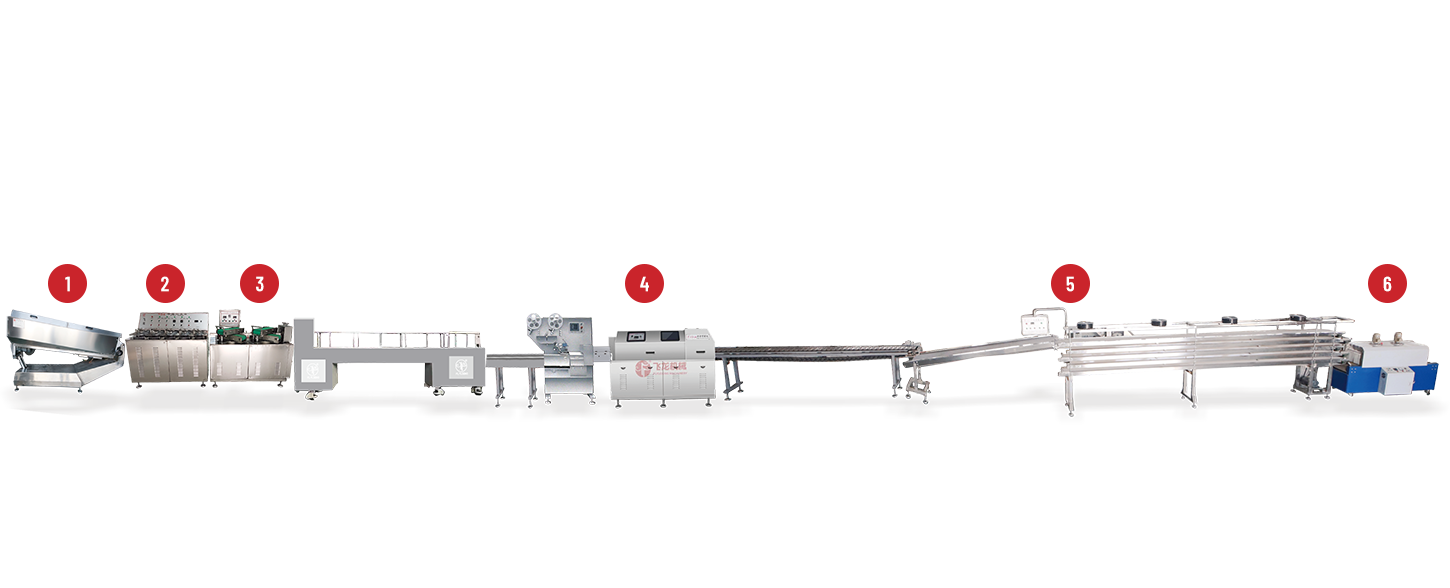




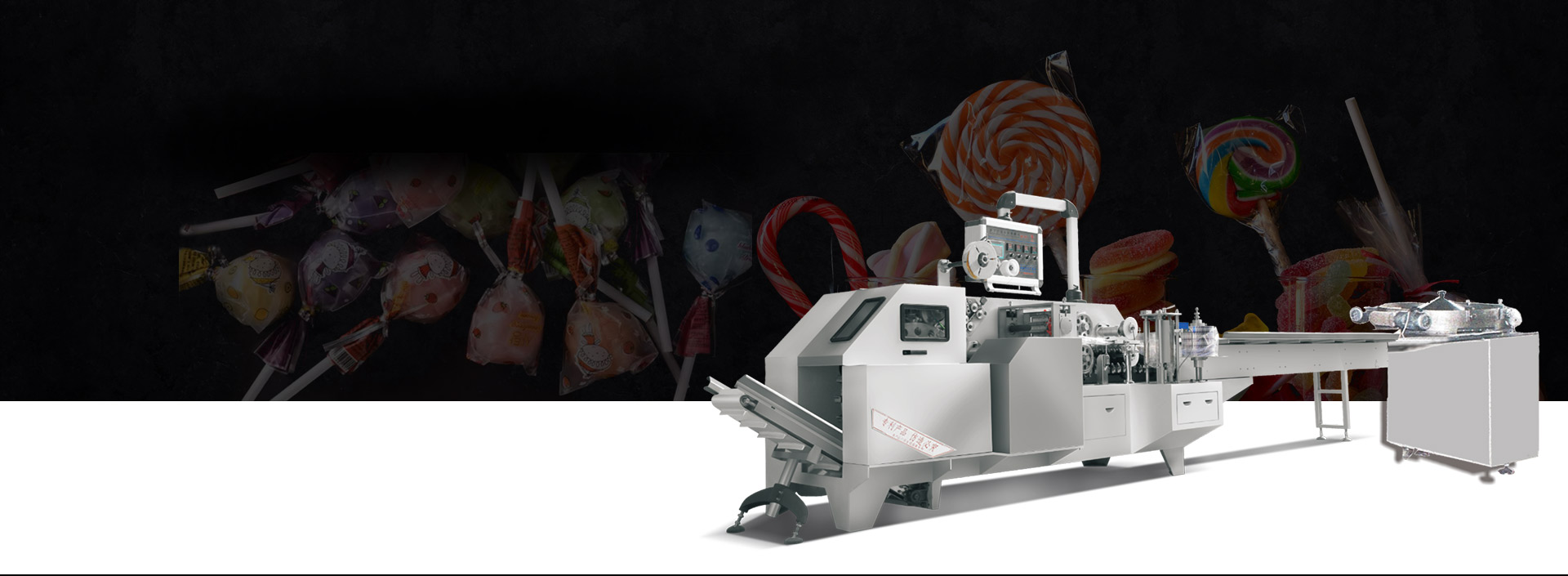
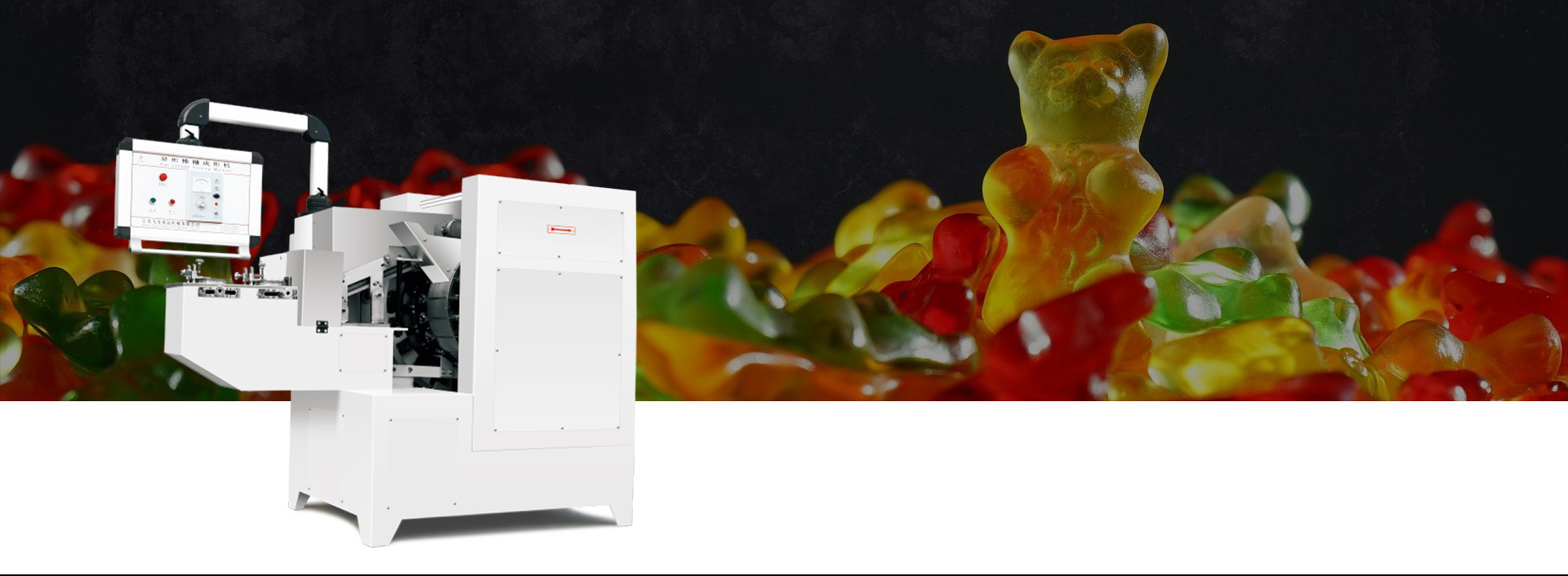
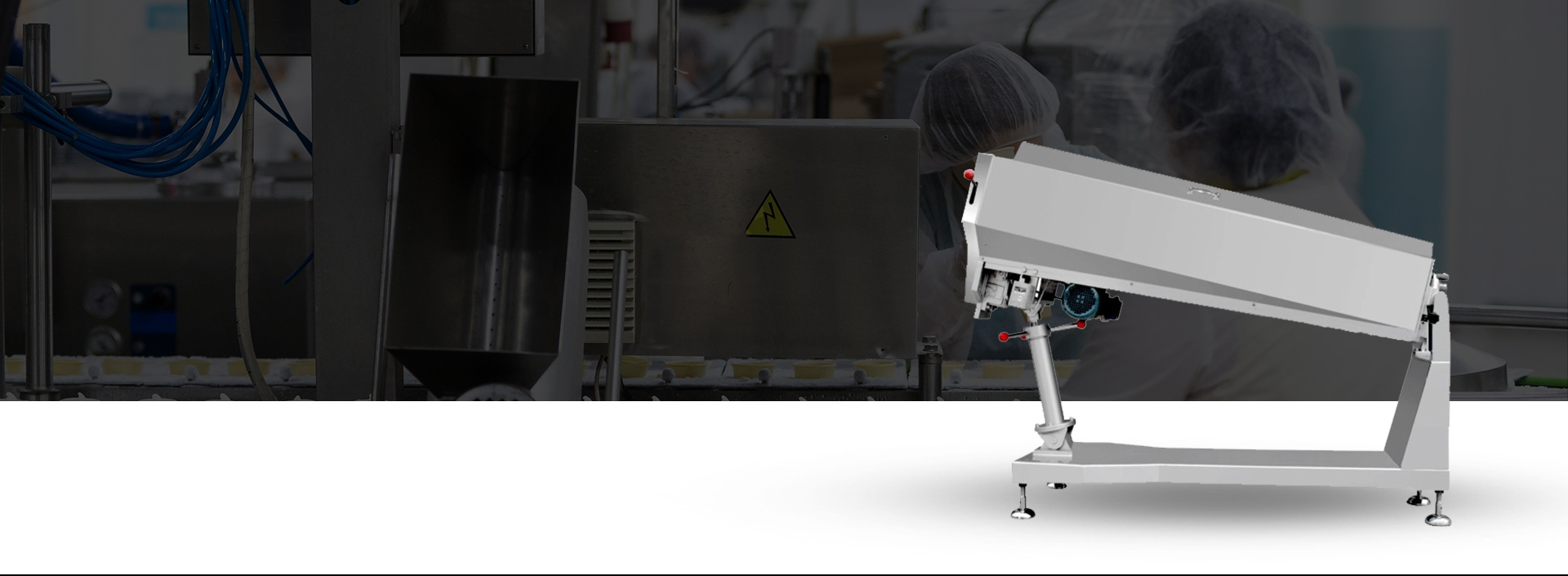
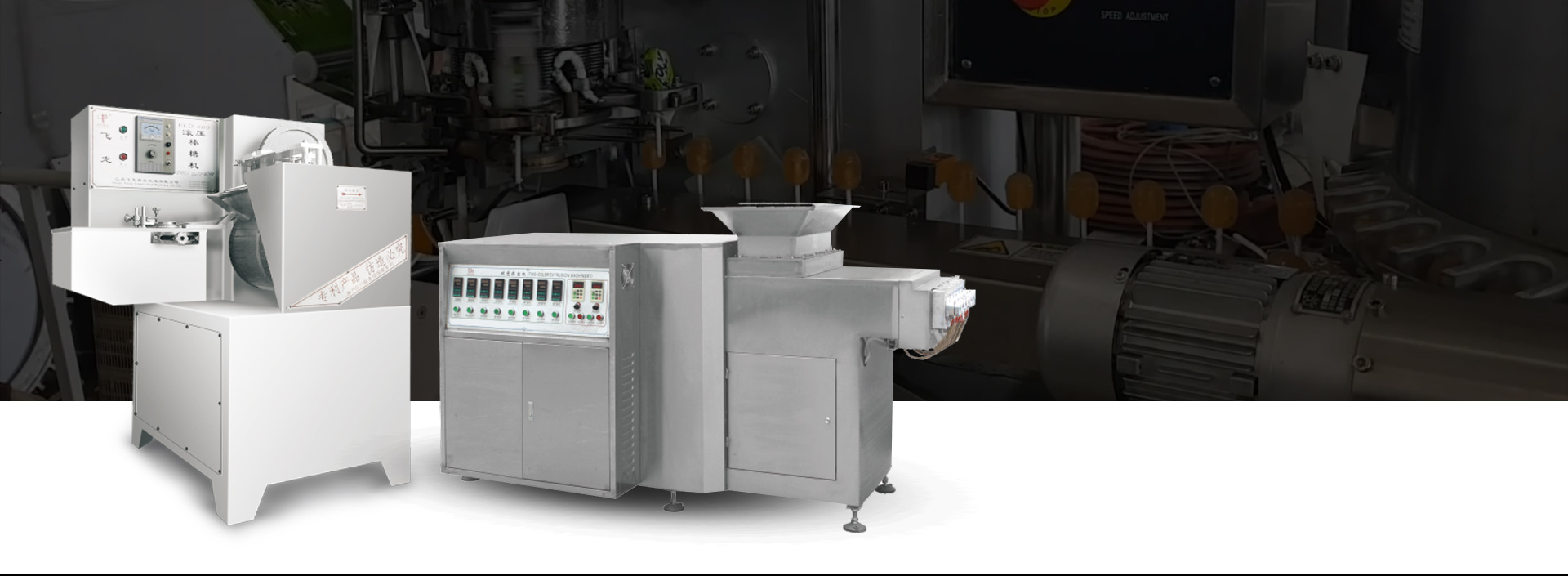


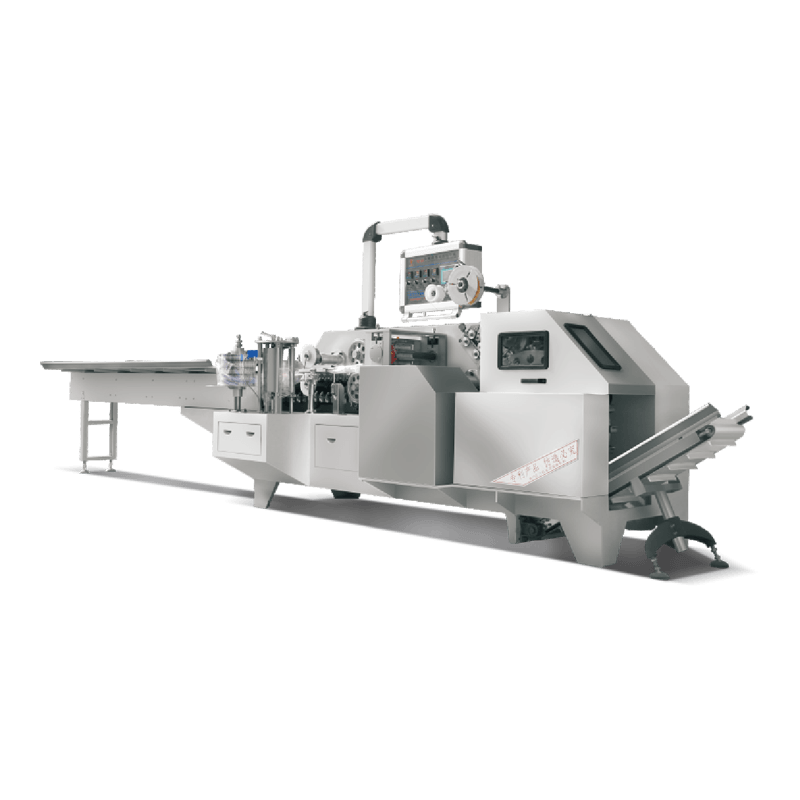




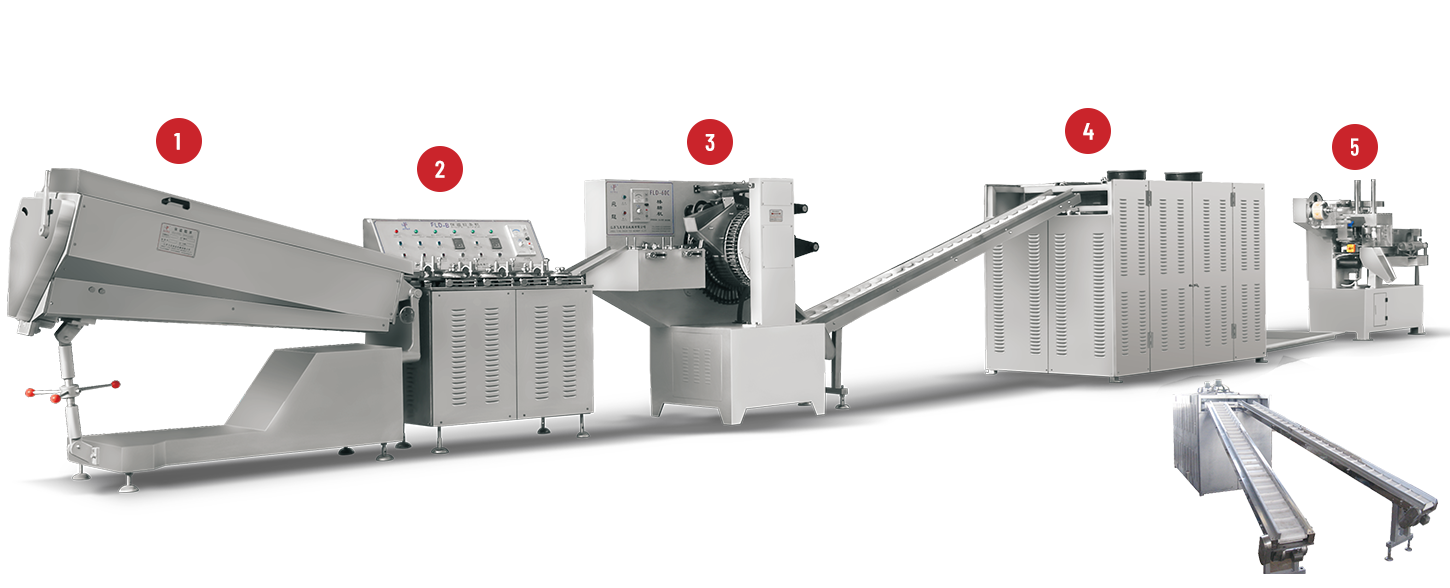

 +86-(0)515-8465666
+86-(0)515-8465666 +86-(0)515-85566996
+86-(0)515-85566996 +86-138 1559 9708
+86-138 1559 9708 flyloong@flyloongcn.com
flyloong@flyloongcn.com 
 Home
Home